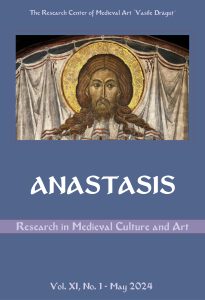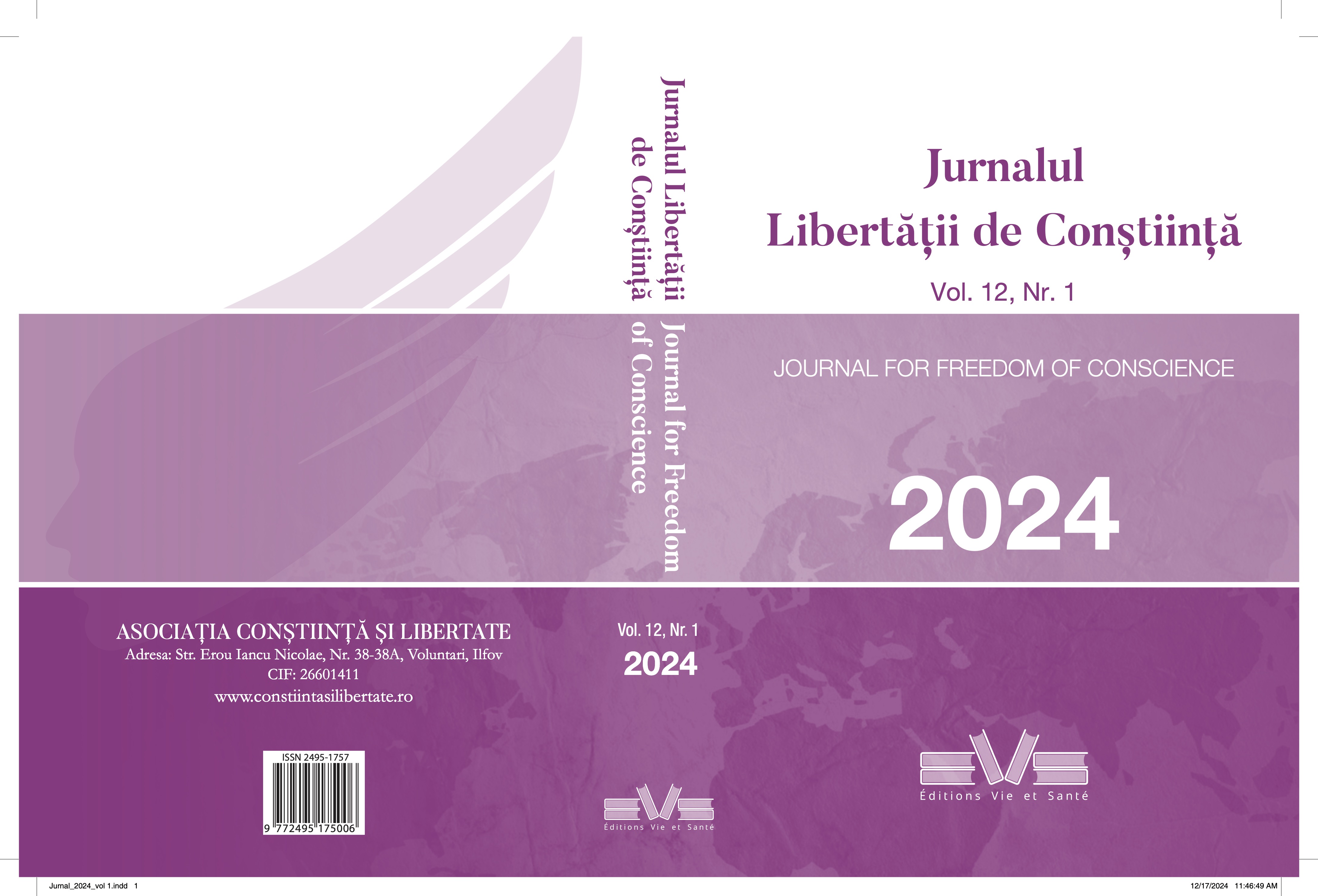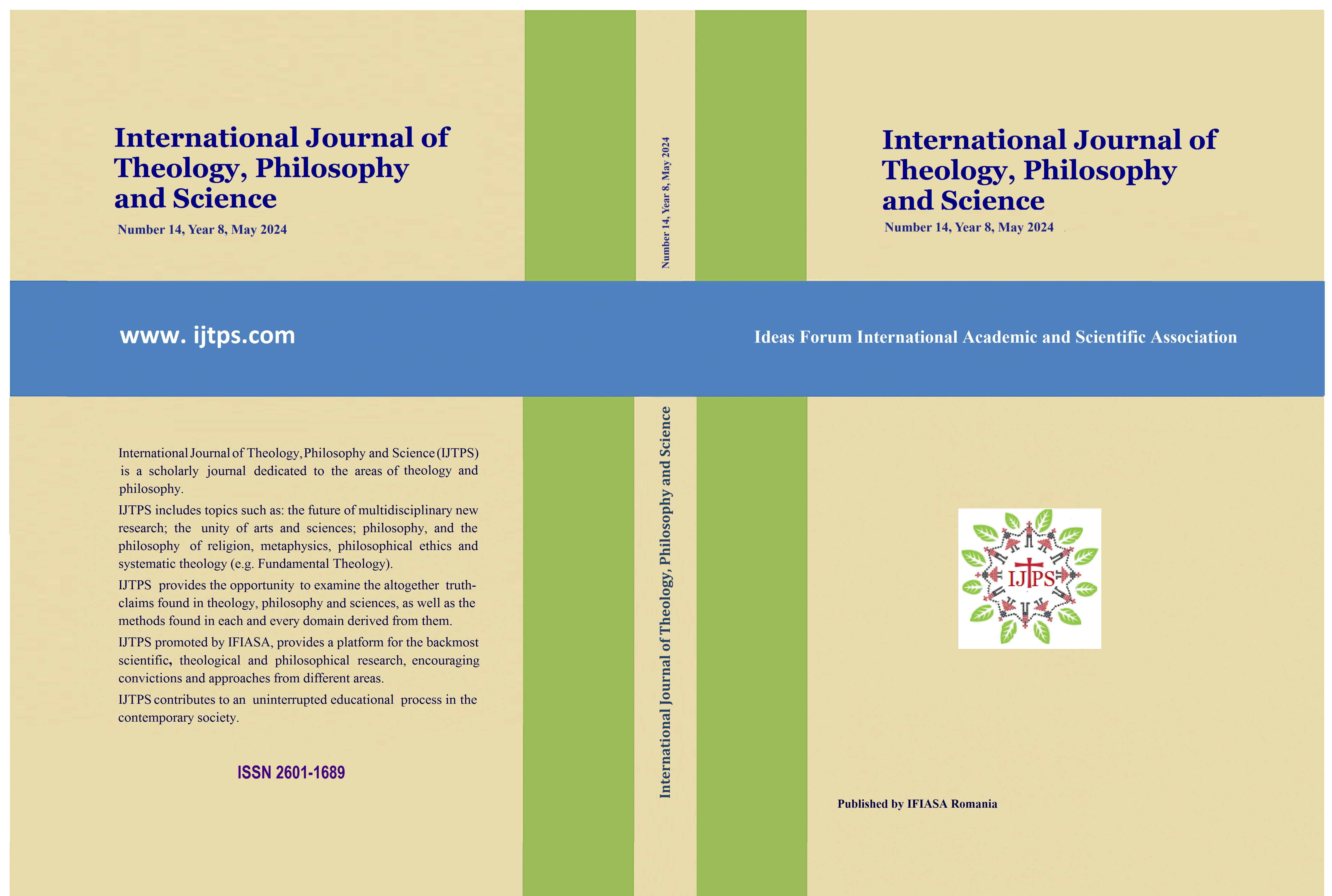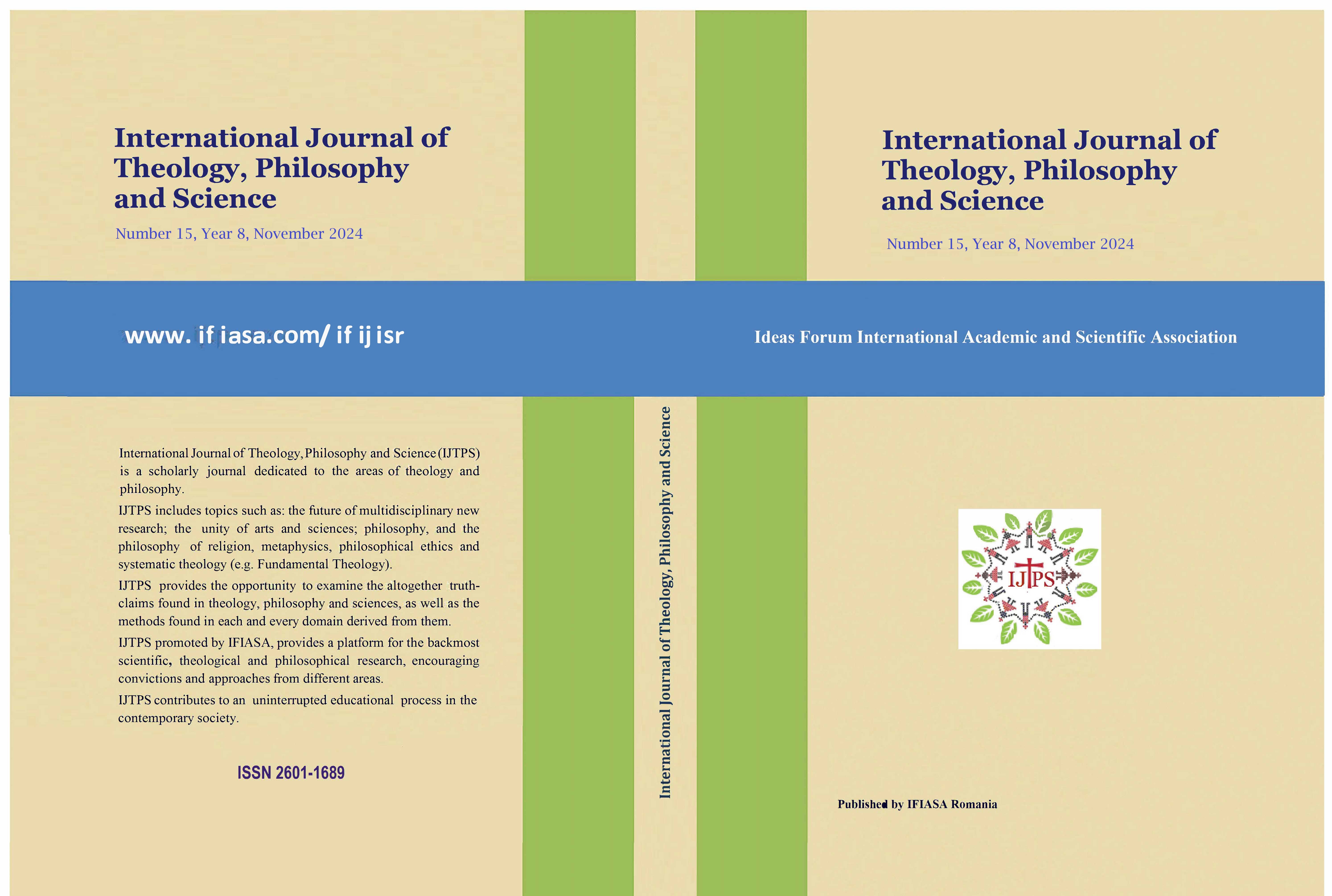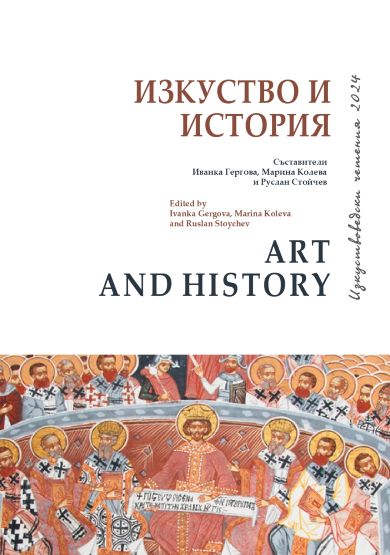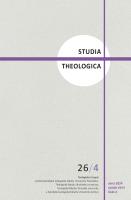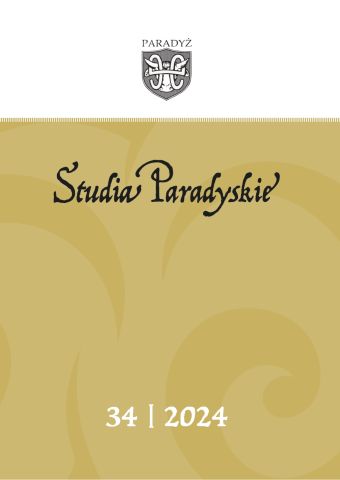
Alchimia dall’inferno al paradiso nella Divina Commedia. L’influsso su Dante dell’opera alchemica Aurora consurgens, parzialmente attribuita a San Tommaso d’Aquino
The symbolic vision of a terrible epidemic, affecting the deep infernal zones, appears in the Divine Comedy associated with the wrong, fraudulent, and arrogant use of alchemical science (Inf. XXIX–XXX). We are in the presence of a true ideological and technical-scientific perversion: a false alchemy which, instead of offering help to our world, only produces deception and diseases of the body and spirit. Then, through the purgatorial evolution of conscience based on humility (Purg. IX), the human soul begins a process of gradual purification, which corresponds to a correct and harmonious alchemy. This is gradually perfected, and then touches completeness, producing the authentic gold of Truth in paradise through the evocation of the Ganges, of India and the emblem of the marriage of Saint Francis with his wife, the dark woman (Par. XI). Dante presents this last evocation through the character of St. Thomas, as a spirit in heaven, and precisely imitates a crucial section of the alchemical work Aurora consurgens, which is partially attributable to the same Aquinas. From Dante’s point of view, illness, and death, as emblems of nigredo (the foundation of the alchemical operation), are not purely malignant realities: in fact, they can also determine powerful and wonderful evolutionary processes towards the extreme joy of our encounter with God.
More...
